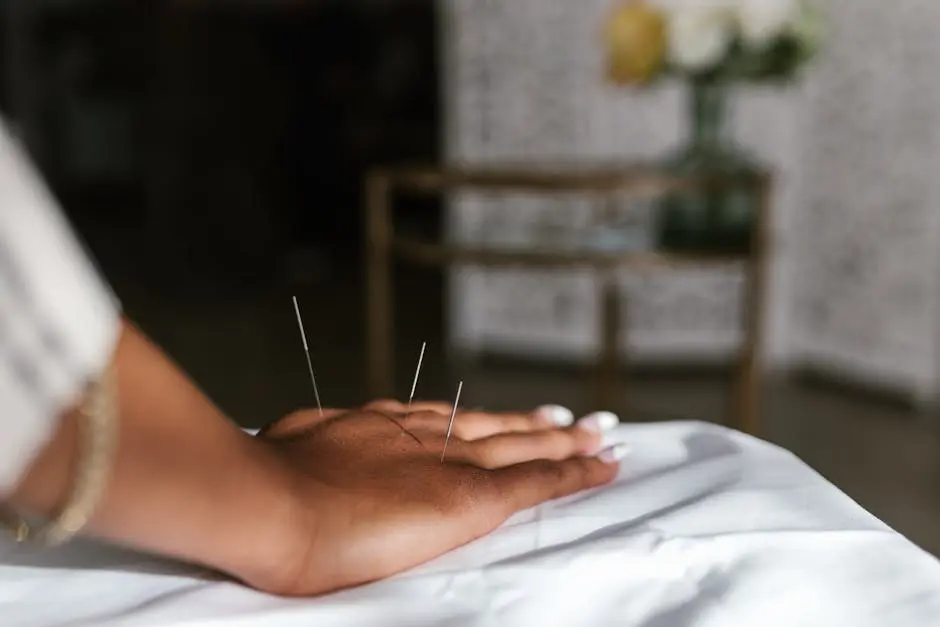Dry needling is gaining popularity as an effective treatment for muscle pain and dysfunction. However, older adults might wonder about its safety and efficacy for them. In this blog, we will explore this question and provide insights to help make an informed decision.
What is Dry Needling?
Dry needling involves inserting thin needles into trigger points or knots in muscles to relieve pain and improve movement. It is often used to treat musculoskeletal issues and is known for its prompt results.
The science behind dry needling rests on its ability to target myofascial trigger points. According to Physiopedia, these are sensitive areas in muscle tissues that can cause referred pain in different body parts. The aim of the treatment is not only to relieve pain but also to reestablish a normal range of motion.
How Does Dry Needling Differ From Acupuncture?
While both methods use thin needles, dry needling is based on Western medical principles targeting muscle pain, whereas acupuncture is a traditional Chinese medicine technique aimed at balancing the body’s energy.
The difference lies in the approach and objectives of each technique. While acupuncture focuses on balancing life energy known as ‘Qi’ within the body’s meridians, dry needling concentrates on deactivating trigger points causing muscle discomfort and dysfunction.
Benefits of Dry Needling for Older Adults
For seniors, dry needling may help alleviate chronic pain, improve range of motion, and aid in faster recovery from injuries, contributing to a better quality of life.
Older adults often deal with age-related muscle issues, which can significantly affect their mobility and independence. By addressing taut muscle bands, dry needling enhances physical performance, as supported by findings shared on Physiopedia, which highlight its effectiveness in increasing pressure pain threshold and muscle blood flow.
Potential Risks and Considerations
While generally safe, dry needling may pose risks such as bruising, soreness, or, in rare cases, injury. It’s crucial for older individuals to consider their own health conditions and discuss any concerns with their healthcare providers.
As emphasized in Physiopedia, relative contraindications exist, necessitating skilled practitioners who can adeptly differentiate between hyperirritable spots and normal muscle fibers. This ensures the maximum efficacy of the procedure and minimizes risks.
Consulting with Healthcare Providers
Older adults should consult with their healthcare providers before starting dry needling to ensure it aligns with their health care plan and specific needs.
Seeking guidance from a professional allows for a tailored approach, optimizing the treatment’s effectiveness while catering to individual health profiles. With ProActive Physical Therapy & Wellness, experts tailor dry needling interventions to align with a patient’s unique health requirements, ensuring a holistic approach to wellness.
Final Thoughts on Dry Needling for Older Adults
Dry needling can be a safe and effective treatment option for older adults when performed by a qualified practitioner. It’s essential for seniors to consult with their healthcare provider and discuss their medical history to ensure the treatment is appropriate for their specific condition.




